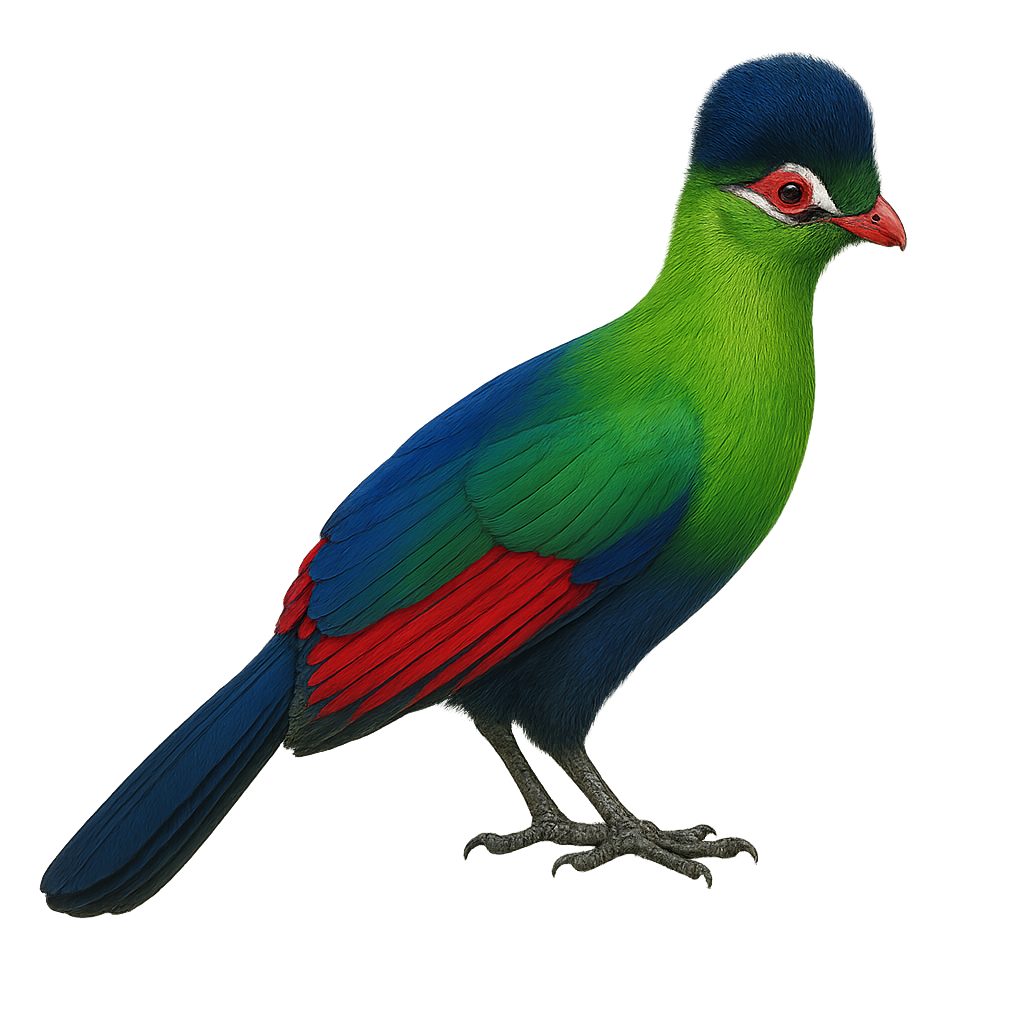Your wildlife photography guide.
Explore the hartlaub's turaco in detail, study its behavior, prepare your shots.
Where to observe and photograph the hartlaub's turaco in the wild
Learn where and when to spot the hartlaub's turaco in the wild, how to identify the species based on distinctive features, and what natural environments it inhabits. The WildlifePhotographer app offers tailored photography tips that reflect the hartlaub's turaco’s behavior, helping you capture better wildlife images. Explore the full species profile for key information including description, habitat, active periods, and approach techniques.
Hartlaub's Turaco
Scientific name: Tauraco hartlaubi

IUCN Status: Least Concern
Family: MUSOPHAGIDAE
Group: Birds
Sensitivity to human approach: Suspicious
Minimum approach distance: 10 m
Courtship display: April to May
Incubation: 21-23 jours
Hatchings: April to June
Habitat:
Tropical forests, montane forests, forest edges
Activity period :
Primarily active during the day, with peak activity in the morning and late afternoon.
Identification and description:
The Hartlaub's Turaco is a fascinating bird endemic to the montane forests of East Africa, particularly in Kenya and Tanzania. It is easily recognizable by its bright green plumage, distinctive crest, and vivid red wings visible in flight. This bird measures about 40 cm in length and primarily feeds on fruits, but also flowers and insects. It is often seen in pairs or small groups, moving agilely through the canopy. Its call is a mix of harsh cries and melodious notes. Although relatively common in its natural habitat, deforestation poses a threat to its population.
Recommended lens:
400 mm – adjust based on distance, desired framing (portrait or habitat), and approach conditions.
Photography tips:
To photograph the Hartlaub's Turaco, focus on dense forests where it is often spotted. Use a telephoto lens of 400 mm or more to capture detailed images without disturbing the bird. Be patient and discreet, as it is suspicious and easily hides in foliage. The best times to observe it are early morning or late afternoon, when the light is soft and the bird is more active. Pay attention to its distinctive call to locate it more easily.
The WildlifePhotographer App is coming soon!
Be the first to explore the best nature spots, track rutting seasons, log your observations, and observe more wildlife.
Already 1 430 wildlife lovers subscribed worldwide

